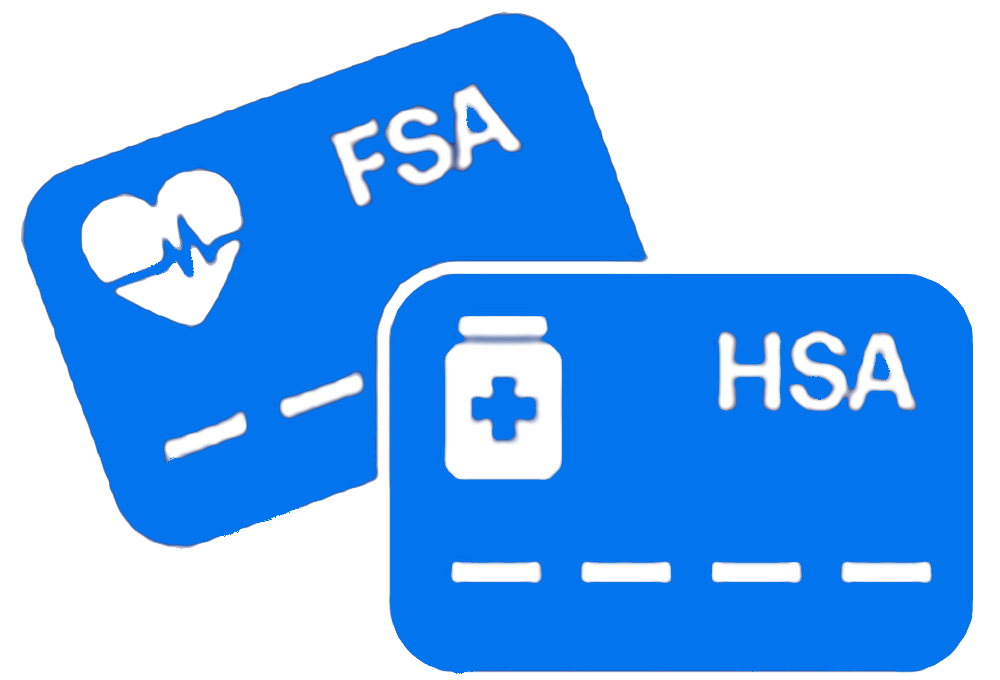Mold is a common household issue that can sometimes go unnoticed until it starts affecting your home’s structure or, more importantly, your health. Mold toxicity occurs when individuals are exposed to certain types of mold that release harmful spores and mycotoxins into the air. These toxins can cause a variety of health problems, ranging from mild allergic reactions to more serious respiratory and neurological issues.
Preventing mold growth and protecting your home from mold toxicity is crucial to maintaining a safe and healthy living environment. This guide will help you understand how mold develops, the risks it poses, and most importantly, how you can safeguard your home effectively.
Understanding Mold and Mold Toxicity
Mold is a type of fungus that thrives in damp, warm, and humid environments. It reproduces by releasing tiny spores into the air, which can settle on surfaces and grow if moisture is present. While mold is natural and exists both indoors and outdoors, certain molds, such as Stachybotrys chartarum (black mold), produce mycotoxins that are harmful to humans.
Mold toxicity results from prolonged exposure to these mycotoxins, which can lead to symptoms like chronic coughing, headaches, fatigue, sinus congestion, and even cognitive difficulties. People with asthma, allergies, weakened immune systems, or other chronic health conditions are especially vulnerable.
Common Causes of Mold Growth in Homes
To effectively safeguard your home, it helps to identify common causes of mold:
- Excess moisture: Leaky roofs, windows, or pipes; poor ventilation; flooding; and condensation are all prime contributors to mold growth.
- Humidity: High indoor humidity levels (above 60%) create an ideal environment for mold spores to grow.
- Poor ventilation: Areas like bathrooms, basements, and kitchens without adequate airflow are more susceptible.
- Water damage: Untreated water damage from floods, leaks, or spills can foster mold if not promptly addressed.
- Organic materials: Mold feeds on materials such as wood, drywall, carpet, and insulation.
Step 1: Control Moisture Levels
Moisture control is the most important step in preventing mold. Without excess moisture, mold spores cannot grow.
- Fix leaks immediately: Regularly inspect your roof, windows, plumbing, and foundation for leaks. Repair any damage quickly to prevent water intrusion.
- Use dehumidifiers: In areas prone to high humidity, like basements or bathrooms, use a dehumidifier to maintain indoor humidity between 30% and 50%.
- Improve ventilation: Use exhaust fans in kitchens and bathrooms, and open windows when weather permits. Consider installing air exchangers or whole-home ventilation systems if needed.
- Dry wet areas quickly: If any part of your home gets wet, dry it within 24 to 48 hours. This includes carpets, upholstery, and building materials.
Step 2: Maintain Proper Home Temperature
Mold thrives in warm environments, so controlling temperature can help limit growth.
- Keep your home at a consistent temperature: Avoid large fluctuations that encourage condensation.
- Use air conditioning: Especially in warm, humid climates, air conditioning helps reduce indoor humidity and temperature.
Step 3: Regular Cleaning and Maintenance
Keeping your home clean can reduce the presence of mold spores and prevent mold-friendly conditions.
- Clean damp areas regularly: Bathrooms, kitchens, and basements should be cleaned with mold-killing products. Pay attention to grout lines, window sills, and under sinks.
- Use mold-resistant products: When renovating, consider mold-resistant drywall, paint, and insulation materials.
- Avoid carpet in moisture-prone areas: Carpeting in bathrooms or basements can trap moisture and harbor mold.
- Keep gutters clean: Blocked gutters can cause water to seep into your home’s foundation or walls.
Step 4: Inspect and Monitor Your Home
Routine inspections help catch mold early before it becomes a serious problem.
- Look for visible mold: Mold can appear as black, green, or white patches on walls, ceilings, or floors.
- Check for musty odors: A persistent, musty smell is often a sign of hidden mold growth.
- Use moisture meters: These tools can detect dampness inside walls or under floors.
- Consider professional mold testing: If you suspect mold but can’t see it, a professional inspection can help identify hidden infestations.
Step 5: Address Mold Problems Promptly and Safely
If you find mold, take action immediately to prevent it from spreading and causing further damage.
- Small areas: For mold growth less than 10 square feet, you can usually clean it yourself with detergent and water or a commercial mold remover. Wear protective gloves and a mask to avoid inhaling spores.
- Larger infestations: If mold covers a larger area or if you have health concerns, hire a professional mold remediation company. They use specialized equipment to safely remove mold and prevent recurrence.
- Dispose of contaminated materials: Porous materials like drywall or insulation with mold should be removed and replaced.
Step 6: Improve Indoor Air Quality
Better air quality reduces airborne mold spores and supports overall health.
- Use air purifiers with HEPA filters: These can capture mold spores and other allergens.
- Change HVAC filters regularly: Replace filters every 1 to 3 months to maintain clean airflow.
- Consider air duct cleaning: Mold can accumulate in ductwork, so periodic cleaning is beneficial.
Step 7: Educate Your Household
Make sure everyone in your home understands the importance of moisture control and mold prevention.
- Encourage good habits: Promptly report leaks or spills, keep bathrooms ventilated, and avoid leaving wet clothes inside.
- Recognize symptoms: If household members experience unexplained allergic reactions or respiratory issues, consider mold as a possible cause.
When to Seek Professional Help
Mold toxicity can have serious health consequences, especially for vulnerable individuals. Professional evaluation is recommended if:
- You experience persistent health symptoms potentially related to mold exposure.
- You find large or hidden mold growth.
- You have ongoing moisture problems despite your efforts.
Licensed mold remediation specialists can assess, treat, and help prevent mold toxicity risks in your home.
Final Thoughts: Creating a Safe, Healthy Home Environment
Mold toxicity is a real threat, but with awareness and proactive steps, you can protect your home and family. Controlling moisture, maintaining cleanliness, and monitoring for mold growth are your best defenses. Remember that prevention is always easier and less costly than remediation.
By implementing these strategies and staying vigilant, you create a living environment where your home supports your health and well-being—not compromises it. If you suspect mold toxicity or need help with remediation, don’t hesitate to reach out to qualified professionals.
Your home should be a place of comfort, safety, and peace—free from the hidden dangers of mold. Call us at 205-352-9141.











